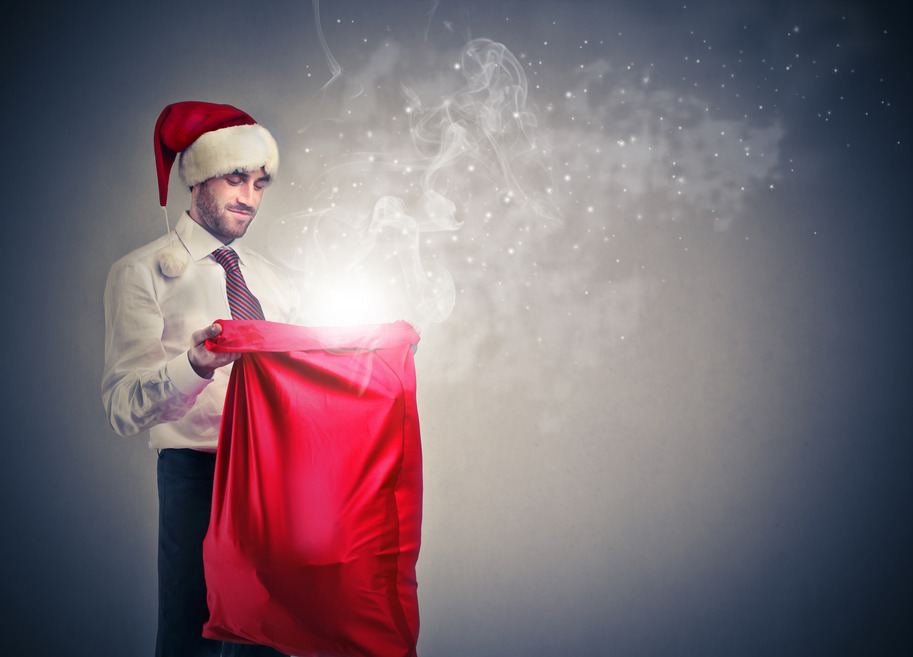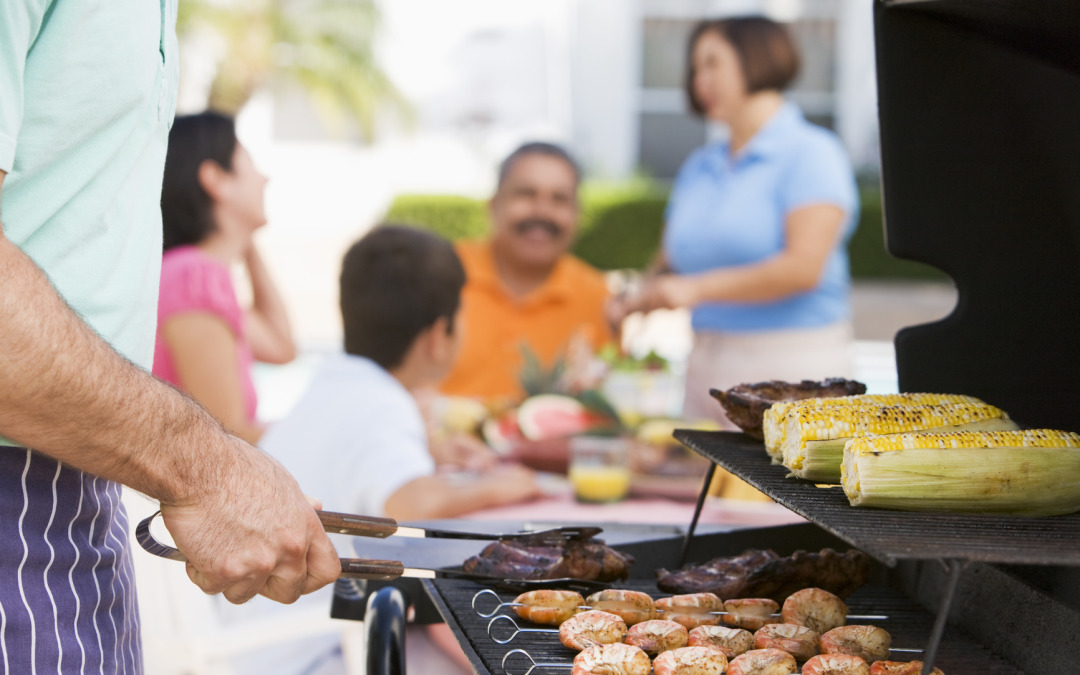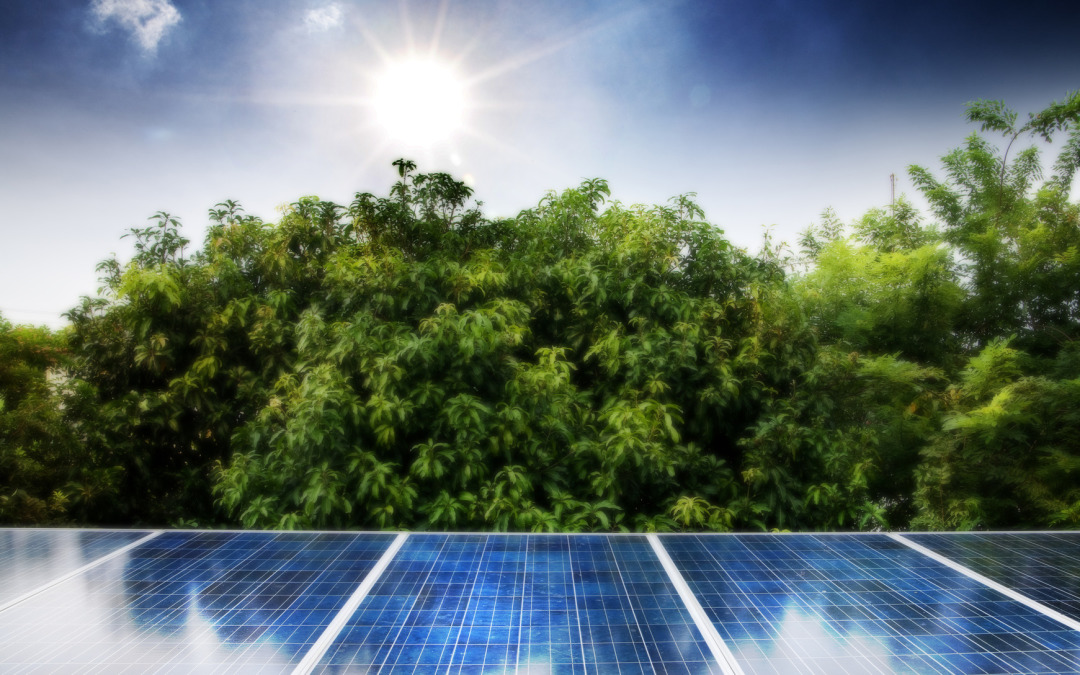If you’re looking for clean clothes at a budget price, conventional top-loading washers are impossible to beat. Confidently purchase a new washing machine that makes sense for your particular budget and level of green-mindedness.
Thanks to tougher federal guidelines, clothes washers have never been more energy efficient. Simply replacing a more than 10-year-old washer with a new Energy Star-approved model will save about $135 per year off water and utility bills, says Energy Star. Similarly, buying an Energy Star-qualified model rather than a non-qualified model will save you an average of $50 a year on your utility bills. Over the life of your new washer, you’ll save enough money to pay for the matching dryer. But not all washers are created equal. To capitalize on those improved efficiency ratings, you’ll have to bypass the least expensive machines, which lack Energy Star approval, in favor of higher efficiency top- and front-load models.
Cost range: $300-$1,000 and up
Likely additional costs: Delivery, installation, haul away
Average life span: 12-14 years
Type: The modern clothes washer comes in three basic types: conventional top-loading, high-efficiency top-loading, and front-loaders, which are all categorized as highly efficient. Not surprisingly, each category is blessed with its own set of positive and negative attributes. Choosing one over another often comes down to your budget, convenience, and appetite for energy efficiency.
Conventional top loaders
If you’re looking for clean clothes at a budget price, conventional top-loading washers are impossible to beat. With models starting under $300, it’s easy to see why these types remain the most popular. Price isn’t the only thing these appliances have going for them. They get clothes reliably clean and do so in about half the time of high-efficiency top- and front-load models.
Energy efficiency: Because the bulk of a washing machine’s energy consumption goes to fuel the home’s hot water heater, any reduction in water usage is a good thing. Sadly, these top loaders are the thirstiest in the bunch, gulping down about 40 gallons a cycle, roughly double that of high-efficiency types. Yearly operating costs (energy and water) for these models are about $41 if you use an electric water heater; $22 with gas heaters, according to EnergyGuide labels.
If you plan on using the appliance for at least five years, it likely pays to upgrade to an Energy Star-approved washer. You’ll save about $50 per year on utility bills compared with a new non-Energy Star model, according to Energy Star, or roughly $650 over the life of the machine.
Performance: Because conventional top-loaders use a large central agitator to clean clothes, these machines generally have smaller capacities. And while they get clothes reliably clean, they are tougher on fabric, shortening the life of items more so than other machines.
Reliability: These machines have more moving parts than the other configurations. What they lack is sophisticated electronics and controls. The upshot: You may experience more repairs, but those repairs are generally easier, cheaper, and quicker to remedy.
High-efficiency top loaders
These washers combine the increased water and energy efficiency of a front-loader with the convenience of a top-loader. You can expect to pay considerably more for these types over conventional top-loaders, however, with most models in the $700 to $900 range.
Energy efficiency: Because these machines don’t fill with water like conventional top-loaders, they use about half the water and, thus, energy. Consumers can expect to see average yearly operating costs in the $20-$30 range for electric water heaters and about $17 for gas. The latter figure nearly approaches the efficiency of a front-loader. Also, thanks to super-fast spin cycles, clothes don’t take as long to dry in the dryer.
Performance: Because they lack a large central agitator, these machines boast some of the roomiest capacities of all washers. That design also makes them gentler on clothing, eliminating much of the twisting and tugging that occurs in conventional washers. But depending on the make and model, that design can also decrease clothes-cleaning ability.
Reliability: Early adopters often suffer for the rest of us, and that may be true for some who invest in these machines. As the newest entry into the washer category, high-efficiency top loaders may experience more repair issues than more established machines. When they do, it’s often owing to the high-tech electronics that control them.
Front loaders
Front-loading washers continue to enjoy increased market share thanks to an earned reputation for high performance, efficiency, and style. Their unique design allows them to be fully integrated into a laundry room, fitting snugly under countertops and into cabinetry. In return, you’ll have to spend north of $750 for reliable brands.
Energy efficiency: There’s no question these appliances use the least water and energy. Many boast annual operating costs as low as $14 with electric water heaters and $11 with gas, making them three times as cheap to run as non-Energy Star top-loaders. And like high efficiency top-loaders, these models employ high-speed spin cycles that significantly shorten dry times.
Performance: Most front-load washers clean clothes better and do so more gently than any other type of machine. Their agitator-less configuration means bulky items are a snap to load. But it can’t all be good, right? To eke out that efficiency, front-loaders require the longest wash cycles. It can take more than an hour to wash a load in one of these machines versus about half that in a conventional one. (Still, because they use less water and therefore less energy to heat the water, they’re particularly efficient.)
Reliability: Like high-efficiency top loaders, front loaders almost always employ sophisticated electronics and push-button control panels. These can be difficult and costly to repair when they fail. The major difference, however, is that these machines have been around long enough to work out most of the kinks.
Additional features
All but the least expensive washers on the market offer multiple cycles that allow you to tailor the wash to the type of clothes and/or level of grime. For those sensitive to detergent and bleach, it may be worthwhile to upgrade to a model that offers an “extra rinse” feature. Found on many moderately priced machines, the process does a better job removing cleaning agents.
Some features, like steam cleaning, may or may not be worth the money. Although reviews show that the deep-cleaning booster does a great job removing stains, the convenience can add hundreds to the price of a washer.
One of the biggest complaints regarding front-load washers is the bending required. For some homeowners, the inconvenience is enough to warrant the purchase of a pedestal that not only raises the machine, but also provides additional storage. These accessories can add $200 or more to the price.
Designer colors have finally reached the laundry room, transforming drab white units into vibrantly hued machines. But be forewarned that those arresting red, blue, and metallic silver finishes will add hundreds to the tab.
Expected maintenance/repairs: Frequently check washing machine hoses for leaks and cracks. They may need to be replaced every few years. Always make sure the washer is perfectly level, adjusting whenever it isn’t. Owing to their particular design, front-loaders require more maintenance than other washer types. They all possess watertight door seals that can trap unwanted moisture and lead to unpleasant odors. Leaving the door open between loads and routine wipe-downs may be necessary. Washers with porcelain tubs rather than plastic or stainless steel can chip and corrode. Motors and drives can fail. Electronics and circuitry can go on the fritz.
Where and when to shop: It’s best to shop at a retail appliance store where the staff understands the product. A conscientious salesperson will guide you to a model that doesn’t exceed your needs and thus saves money. Also opt for a store that offers delivery, installation, and haul away—you may be able to negotiate the transport and install into the cost of the appliance.
Because appliances don’t adhere to a model year like automobiles, there’s no “best time” to buy. Always keep a look out for sales, specials, and tax rebates (especially for energy-efficient models). And use sites like BizRate, PriceGrabber, Shopping.com, and Shopzilla.com to compare prices.
Finally, some appraisers say new appliances are money well spent. In his market, Mike Neimeier, a residential appraiser in Cleveland, Ohio, says a homeowner is likely to recoup between 75%-90% of the cost of new appliances when reselling the home within a couple of years.






